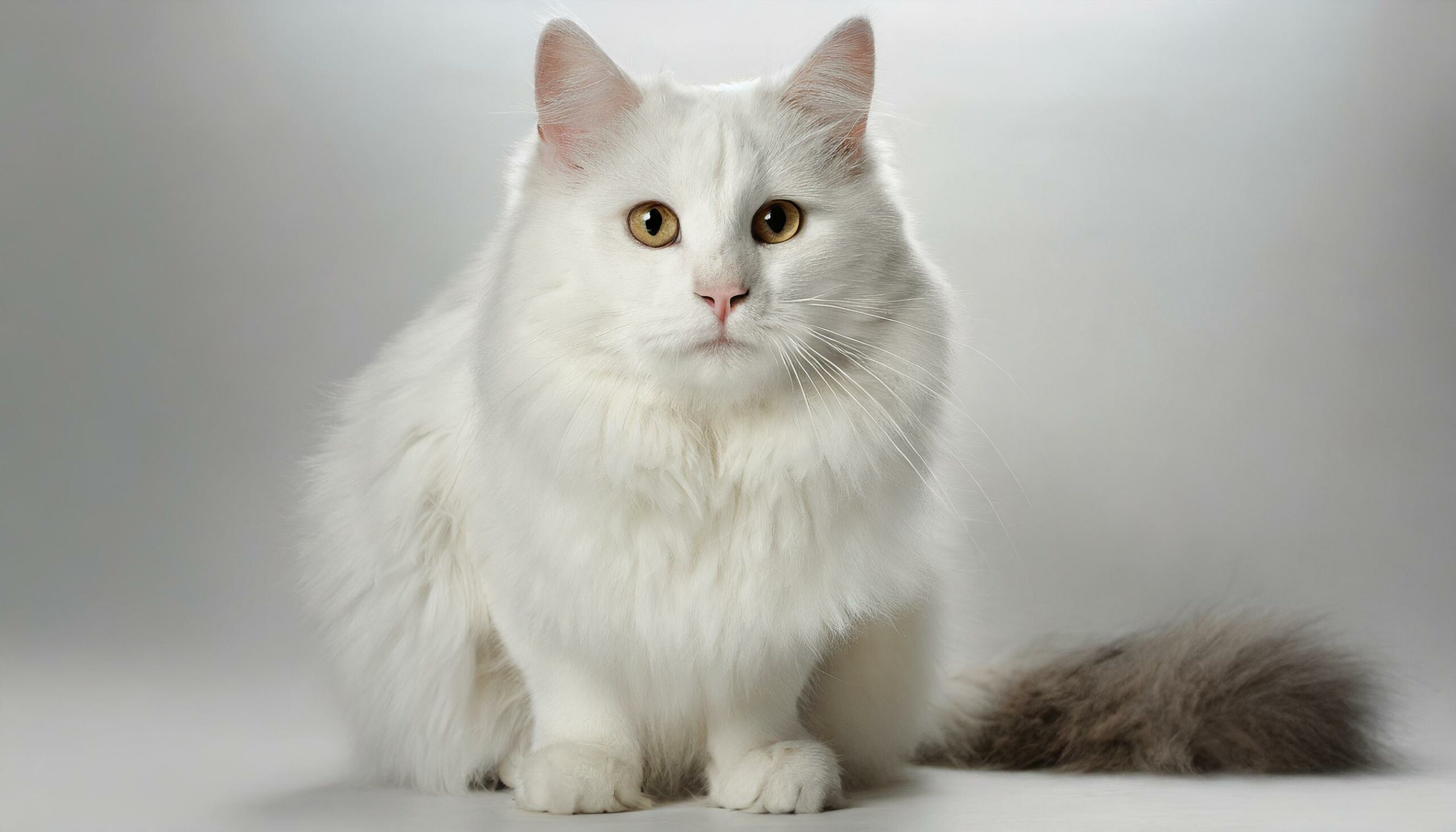The Turkish Van, known for its love of water and distinctive bi-colored coat, is a natural breed that hails from the Lake Van region in eastern Turkey. This ancient breed has been captivating people for centuries with its unique characteristics, playful personality, and striking appearance. Often referred to as the “swimming cat,” the Turkish Van is not only an adept swimmer but also a loving and intelligent companion. This profile delves into the Turkish Van’s origins, physical characteristics, temperament, care needs, and its role as an adventurous and affectionate member of the family.
Origins and History
The Turkish Van’s history stretches back hundreds of years in the rugged, mountainous regions of Turkey, where it developed a thick, water-resistant coat to survive the harsh winters and took to swimming in the warmer months. The breed was first brought to Europe in the 1950s by British explorers who were enchanted by its unique coat pattern and affinity for water. It was officially recognized in the United Kingdom in the 1960s and later by cat fancier associations around the world. Despite its growing popularity, the Turkish Van remains a relatively rare breed outside of its native Turkey.
Physical Characteristics
Turkish Vans are large, muscular cats, weighing between 10 to 20 pounds, with a broad, wedge-shaped head, and large, tufted ears set high on their head. Their most notable feature is their semi-long, water-repellent coat, predominantly white with colored markings restricted to the head and tail (known as the Van pattern). The coat is cashmere-like in texture, providing insulation during winter and cooling during summer. Their eyes can be blue, amber, or odd-colored, adding to their striking appearance. The breed’s powerful hind legs make it an excellent jumper and swimmer.
Temperament and Behavior
The Turkish Van is known for its energetic, playful, and curious nature. They are highly intelligent cats that enjoy interactive play, puzzles, and even learning tricks. Their strong bond with their families makes them affectionate companions, though they may choose to show their affection on their own terms. Turkish Vans are known for their love of water, often playing in sinks or bathtubs and showing a surprising willingness to swim. Despite their independent streak, they are sociable with both people and other pets, making them well-suited to various household dynamics.
Care and Health
The Turkish Van’s coat is surprisingly low maintenance, requiring only occasional brushing to remove loose hair and prevent mats. Their love of water can make bathing easier than with other breeds, though it should not be overdone to avoid skin issues. As an active and robust breed, Turkish Vans are generally healthy but can be predisposed to certain genetic conditions, including hypertrophic cardiomyopathy. Regular exercise, a balanced diet, and routine veterinary check-ups are essential to maintain their health and vitality.
The Turkish Van in the Family
The Turkish Van’s adventurous spirit and affectionate nature make it an excellent addition to active families or individuals seeking a playful and loving cat. Their adaptability and sociable demeanor allow them to thrive in various living situations, including homes with children and other pets. Providing ample space for exercise and play, along with engagement in interactive activities, can help channel their energy positively. For those captivated by the Turkish Van’s unique characteristics and engaging personality, this breed offers a rewarding companionship, filled with love, play, and the occasional splash.
In conclusion, the Turkish Van stands as a breed of remarkable resilience, distinctive beauty, and engaging character. With its ancient origins in the rugged landscapes of Turkey and its status as a cherished companion, the Turkish Van continues to enchant cat lovers worldwide. For those willing to provide the necessary care, stimulation, and affection, the Turkish Van offers an incomparable companionship, serving as a devoted friend and an integral part of the family.
